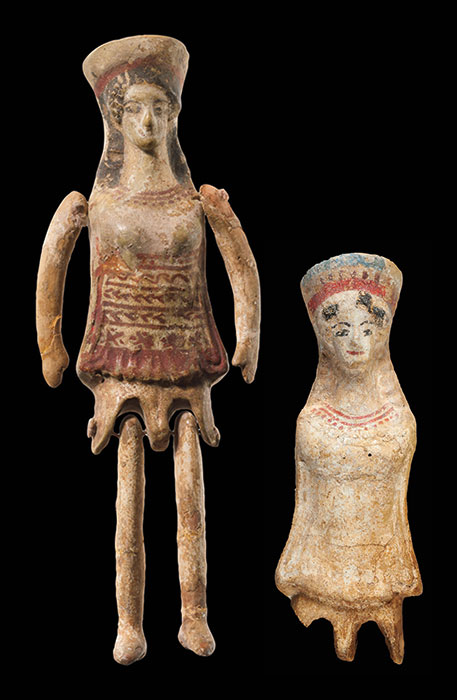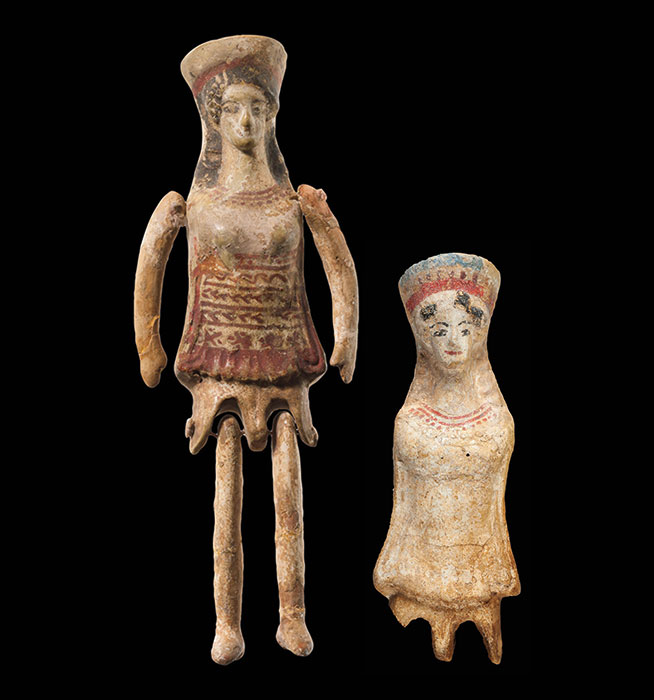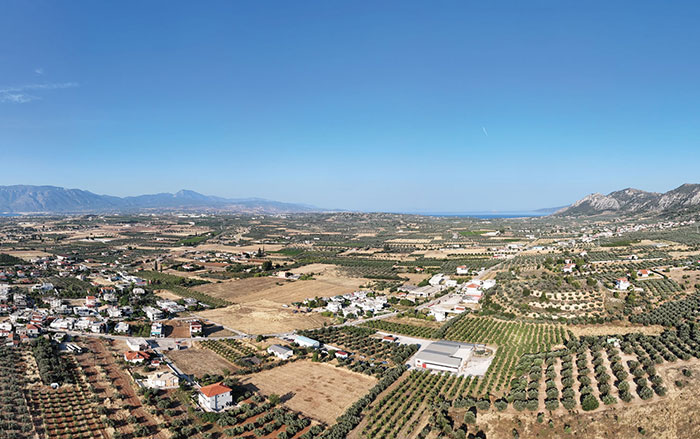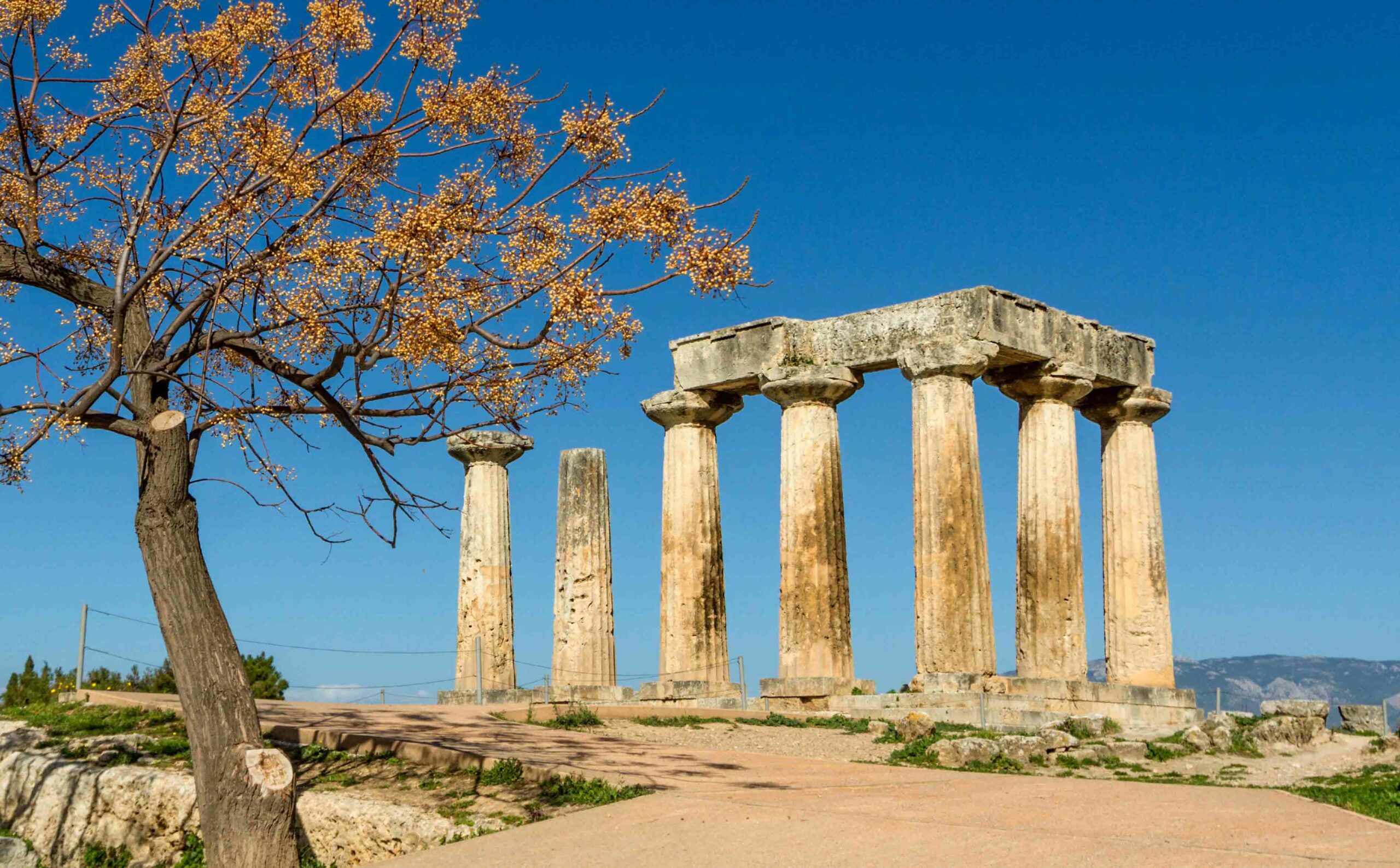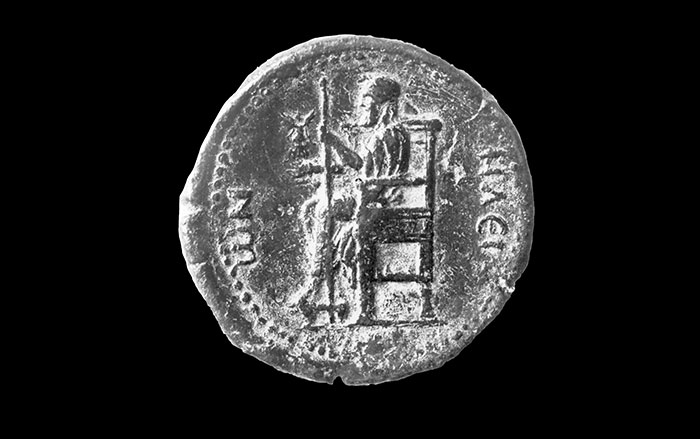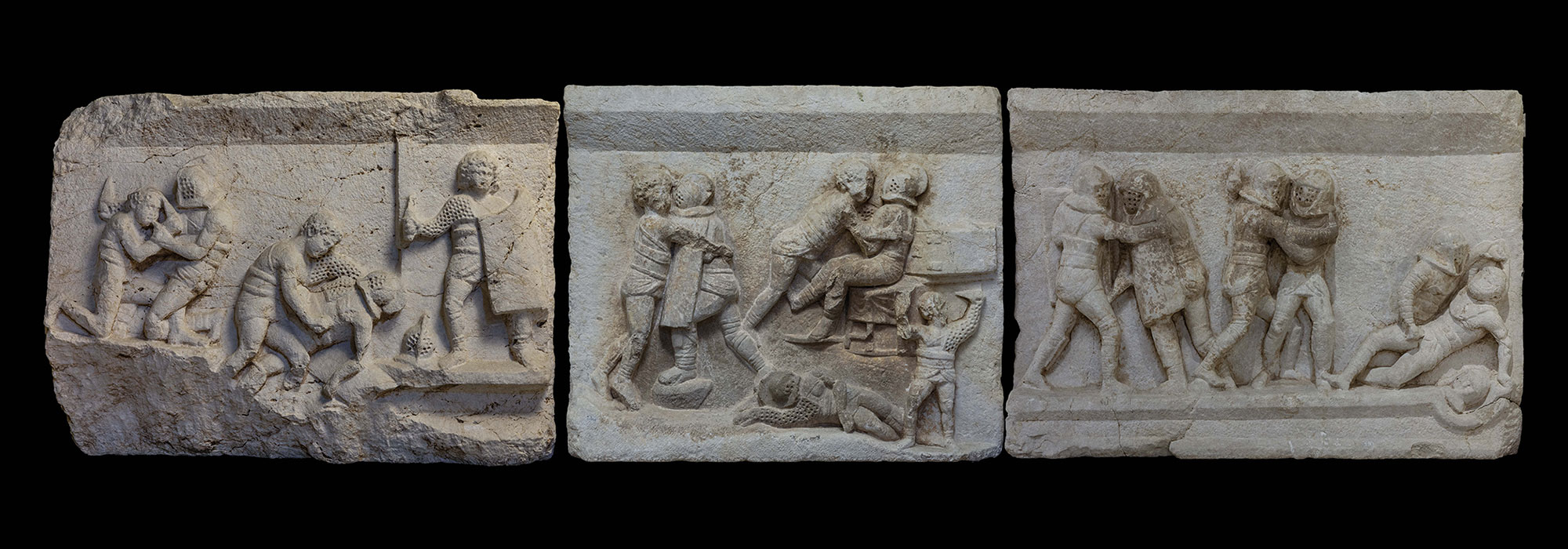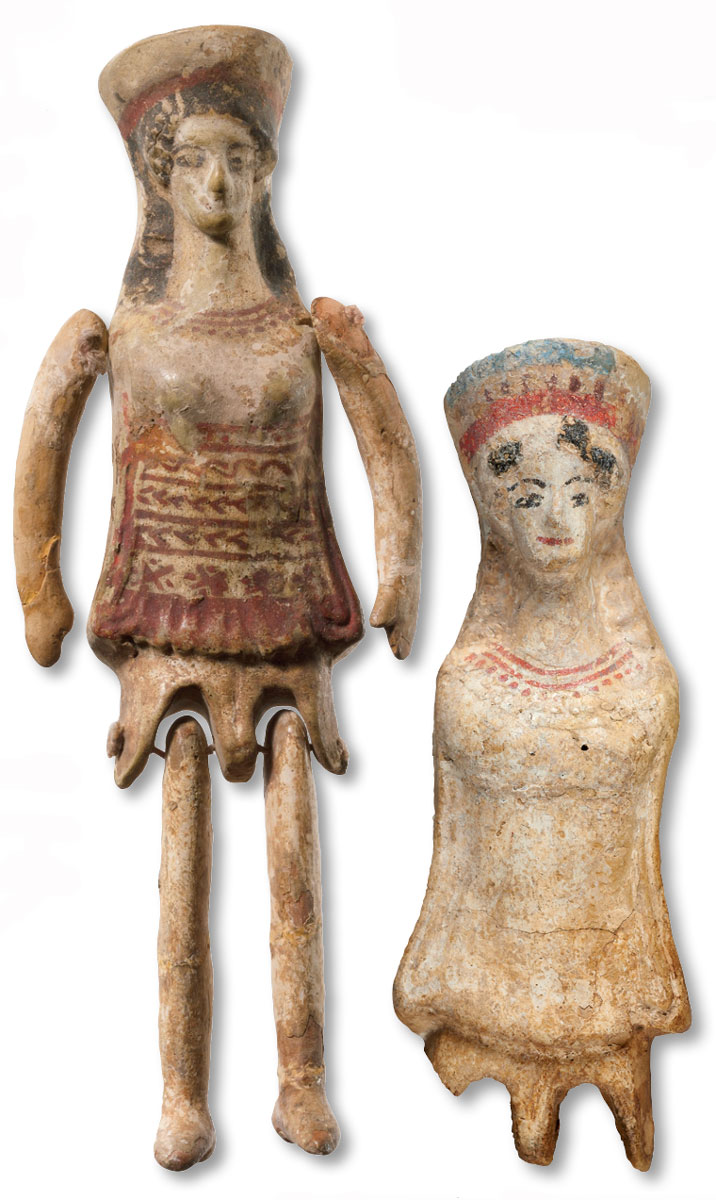
What is it?
Figurines
Material
Terracotta
Culture
Greek
Date
Sixth century b.c.
Dimensions
From 2.5 to 4.75 inches tall
Found
Corinth and Rhodes, Greece
The beliefs of women and children who lived in the classical world can be difficult to access. Much of the work women traditionally did left relatively little evidence behind—loom weights and cooking pots being some of the exceptions—and written sources are far more likely to record the activities of men. Unlike children today, ancient children probably had few possessions, vanishingly few of which survive, considering children’s tendency—regardless of the era—to break things. But by examining 265 small figurines with jointed limbs and a suspension hole on the head, most of which were made in the Greek city of Corinth, archaeologist Susan Langdon of the University of Missouri has been able to take a rare look at how Corinthian girls became women and especially how they expressed themselves in relation to the goddesses Demeter and her daughter, Kore.
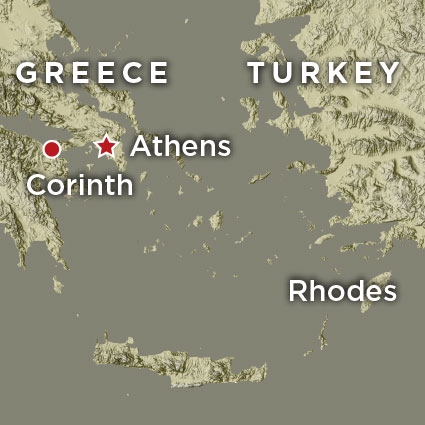
While the figurines appear to be ordinary dolls, Langdon believes they had special significance. “Calling them dolls or toys obscures the depth of meaning they have,” she says. “They’re also incredibly fragile, so I don’t think they would have been very good for playing with.” Some of the figurines Langdon studied were found outside Corinth, for example on the island of Rhodes, but most were uncovered in the sanctuary dedicated to Demeter and Kore high atop the city. Demeter, the goddess of the harvest, and Kore (also known as Persephone) were especially revered by women and girls. The figurines were likely votives offered to the deities, perhaps, Langdon says, at moments of transition in a girl’s life. “They may have been used to commemorate and mimic dances and races for the goddesses as part of a coming-of-age ritual,” she says. Langdon adds that the figurines were made in the city’s potters’ quarter and that the level of detail of the decoration in their clothing suggests that women and children were involved in creating them. “Despite Corinth’s importance as a city, we know very little about it during the Greek period from literary or archaeological sources,” she says. “If we look at these little figurines carefully, they can provide a wealth of information about the social roles of women and girls that we wouldn’t otherwise have.”


